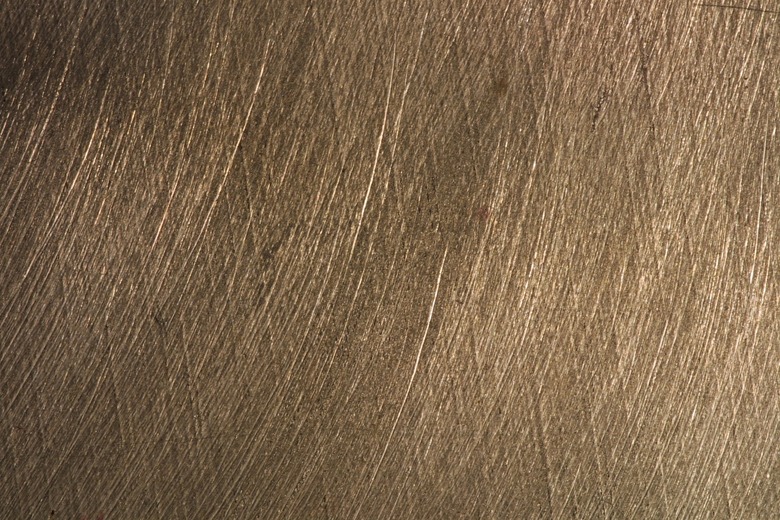What Are The Limitations Of Covalent & Metallic Lattices?
At the atomic level solids have three basic structures. Molecules of glasses and clays are very disordered with no repeating structure or pattern to their arrangement: these are called amorphous solids. Metals, alloys, and salts exist as lattices, as do some types of non-metallic compounds, including silicon oxides and the graphite and diamond forms of carbon. Lattices comprise repeating units, the smallest of which is called a unit cell. The unit cell carries all of the information needed to construct a lattice macrostructure of any given size.
Lattice Structural Characteristics
Lattice Structural Characteristics
All lattices are characterized by being highly ordered, with their constituent atoms or ions held in place at regular intervals. The bonding in metallic lattices is electrostatic, whereas the bonding in silicon oxides, graphite and diamond is covalent. In all types of lattice the constituent particles are arranged in the most energetically favorable configuration.
Metallic Lattice Energy
Metallic Lattice Energy
Metals exist as positive ions in a sea or cloud of delocalized electrons. Copper, for example, exists as copper(II) ions in a sea of electrons, with each copper atom having donated two electrons to this sea. It is the electrostatic energy between the metal ions and electrons that gives the lattice its order and without this energy the solid would be a vapor. The strength of a metallic lattice is defined by its lattice energy, which is the change in energy when one mole of a solid lattice is formed from its constituent atoms. Metallic bonds are very strong, which is why metals tend to have high melting temperatures, melting being the point at which the solid lattice breaks down.
Covalent Inorganic Structures
Covalent Inorganic Structures
Silicon dioxide, or silica, is an example of a covalent lattice. Silicon is tetravalent, meaning it will form four covalent bonds; in silica each of these bonds is to an oxygen. The silicon-oxygen bond is very strong and this makes silica a very stable structure with a high melting point. It is the sea of free electrons in metals that make them good electrical and thermal conductors. There are no free electrons in silicas or other covalent lattices, which is why they are poor conductors of heat or electricity. Any substance that is a poor conductor is called an insulator.
Different Covalent Structures
Different Covalent Structures
Carbon is an example of a substance that has different covalent structures. Amorphous carbon, as found in soot or coal has no repeating structure. Graphite, used in the leads of pencils and the production of carbon fiber, in far more ordered. Graphite comprises layers of hexagonal carbon atoms of one-layer thickness. Diamond is even more ordered, comprising carbons bonds together to form a rigid, incredibly strong tetrahedral lattice. Diamonds are formed under extreme heat and pressure and diamond is the hardest of all known natural substances. Chemically though, diamond and soot are identical. The different structures of elements or compounds are called allotropes.
References
- Doc Brown: Giant covalent lattice structures
- "Inorganic Chemistry"; Catherine E. Housecroft, et al.; 2001
Cite This Article
MLA
Beglan, Richard. "What Are The Limitations Of Covalent & Metallic Lattices?" sciencing.com, https://www.sciencing.com/limitations-covalent-metallic-lattices-10042955/. 24 April 2017.
APA
Beglan, Richard. (2017, April 24). What Are The Limitations Of Covalent & Metallic Lattices?. sciencing.com. Retrieved from https://www.sciencing.com/limitations-covalent-metallic-lattices-10042955/
Chicago
Beglan, Richard. What Are The Limitations Of Covalent & Metallic Lattices? last modified March 24, 2022. https://www.sciencing.com/limitations-covalent-metallic-lattices-10042955/
